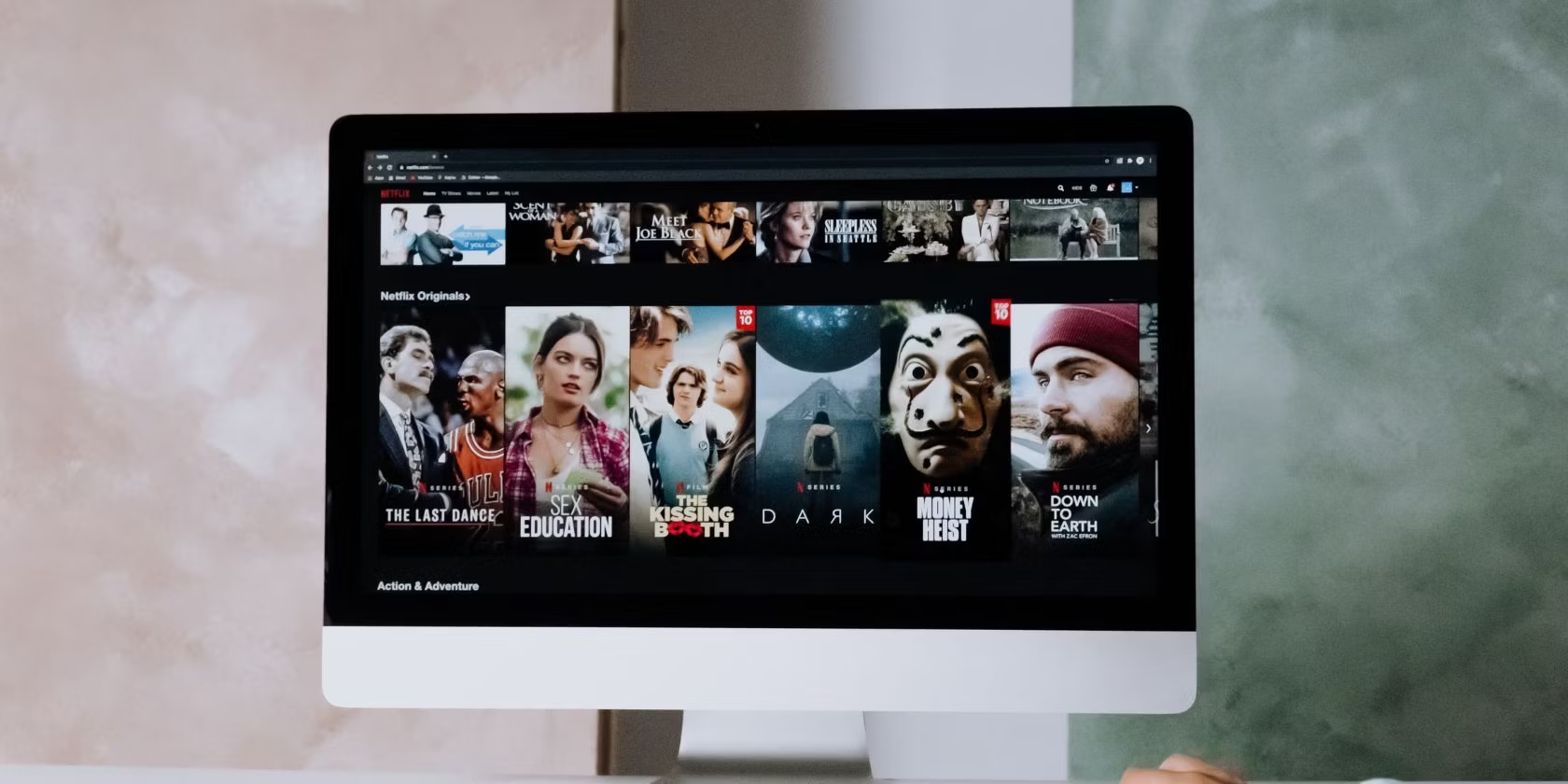Whether you’re an employee of a large health system or a sole practitioner, you need to stay on top of Healthcare Technology Trends to be competitive. New technology is already revolutionizing the way care is delivered and will continue to do so. These innovative technologies can reduce hospitalizations, improve the quality of life, and lower costs. The following are five emerging technologies that you should be aware of. Let’s explore them. Here are some other notable trends in healthcare technology.
Telehealth. Although it was a pandemic at the beginning of the last century, telehealth has grown to a thriving industry. By 2022, care providers will have regular video conferences with patients and interact virtually with them. Although telehealth has many benefits, the most pressing challenge is HIPAA compliance. Care providers should consider which applications they use to communicate with patients. These technologies are helping to improve patient care and ease workplace stress.
AI. The advancement of artificial intelligence will revolutionize the way healthcare providers perform their work. For example, a chatbot can diagnose patients using artificial intelligence, while robot-assisted surgery will allow doctors to focus on more complex tasks. AI imaging research and image-sharing networks are also gaining steam in the healthcare industry. With so much medical imagery, existing tools will be challenged. AI and machine learning will make these tools more efficient and accurate.
Personalized healthcare. The advent of personalized medicine and the use of electronic health records will make it easier for doctors to tailor treatments to specific patients. Using artificial intelligence, blockchain systems, and electronic medical records will allow doctors to measure and assess patient outcomes and tailor treatment to their needs. Personalized medicine is the future of health care, and healthcare technology trends will continue to change the way we work. And, with healthcare software becoming so specialized, top companies are now investing in healthcare technology. And competition for this kind of software is extremely low.
AR can enhance training. A headset equipped with an AR camera will let doctors view the patient from a distance, and the holographic nature of the content can enrich the training process. Likewise, on-rise AR headsets will help nurses find veins, and AR can enhance remote care. This isn’t just for training purposes. It can help nurses navigate through complicated veins and detect cancer. VR and AR are both exciting technologies and promise to be the future of healthcare.
Virtual reality and augmented reality technologies are already making waves in the healthcare industry. They’re already changing medical staff’s lives. This technology is even becoming more widely used in clinical trials. Moreover, healthcare IT is also transforming the way patients receive their care. It’s expected to be worth US$254.2 billion by 2026. A wide range of medical applications are emerging, allowing physicians and patients to get the best care possible.
Tablets and wearables have become a popular form of health technology. Their growing popularity in medical facilities has generated a booming market. With a wearable device, medical professionals and insurers recognize the importance of tracking physical activity and heart rate. Smartwatches, once used for simply telling time and sounding steps, have now become clinically viable health tools. Recently, Apple released a new movement disorder API for its devices, which can collect new data about Parkinson’s disease patients.






More Stories
AR Vs VR – Which Technology Will Define the Next Decade?
Quantum Computing Breakthroughs
Space Tech in Focus: Exploring New Frontiers and Innovations